Training Drills to Enhance Your CCW Skills
Carrying a concealed firearm comes with great responsibility, and consistent training is essential for maintaining proficiency. While basic CCW training is a solid foundation, advancing your skills requires deliberate practice with drills designed to improve accuracy, speed, and decision-making under pressure. Whether you’re a seasoned concealed carrier or just starting, the right CCW training drills can help you prepare for real-world situations. This post outlines practical firearm practice exercises to enhance your confidence and capabilities.
1. The Draw-and-Fire Drill: Speed Meets Accuracy
One of the most critical skills for concealed carry is the ability to draw your firearm quickly and efficiently under stress. The draw-and-fire drill is foundational for improving CCW accuracy and speed.
Setup: Use a target positioned at 5 to 7 yards, as this range simulates typical self-defense scenarios. Start with your firearm holstered in your everyday carry position.
Execution: On a timer or a verbal cue, practice drawing your firearm, acquiring a sight picture, and firing one or two shots at the target. Focus on smooth, deliberate movements rather than rushing. Accuracy is more important than speed initially.
Goals: Work toward a consistent draw time of under 2 seconds while maintaining accurate hits on the target. Gradually increase speed as you become more comfortable with the mechanics.
Pro Tips: Use snap caps or dummy rounds for dry-fire practice to build muscle memory safely. Once comfortable, transition to live-fire practice at the range.
This drill builds muscle memory and ensures that your draw stroke is both efficient and reliable, even under stress.
2. The Mozambique Drill: Precision Under Pressure
The Mozambique Drill, also known as the “Failure to Stop Drill,” is a classic exercise for concealed carriers. It simulates a scenario where a threat remains active despite initial shots to the body.
Setup: Place a target at 5 to 10 yards. The target should have a torso and head zone to represent an attacker.
Execution: Fire two shots to the center mass (torso) followed by one shot to the head after a pregnant pause. The first two shots simulate stopping a threat, while the headshot ensures the attacker is neutralized.
Goals: Focus on rapid yet controlled shots. Your follow-up headshot should be deliberate, emphasizing accuracy over speed. Aim to complete the drill within 3 to 4 seconds while maintaining consistent hits.
Pro Tips: Incorporate movement into the drill by stepping laterally or backward after firing the first two shots. This adds a layer of realism and helps you practice shooting on the move.
The Mozambique Drill enhances decision-making and precision, particularly in high-stress situations where a threat may not be immediately stopped.
3. The Shoot/No-Shoot Drill: Building Situational Awareness
Concealed carriers need to recognize potential threats and make quick decisions. The shoot/no-shoot drill hones situational awareness and decision-making under pressure.
Setup: Use targets with various markings or images—some representing threats (e.g., an armed figure) and others representing non-threats (e.g., an unarmed bystander). Arrange the targets randomly at varying distances.
Execution: Have a partner call out which target to engage, or use a random timer and decide in real-time whether to fire. For added complexity, use a mix of commands such as “threat” (fire) or “non-threat” (holster).
Goals: Prioritize identifying the correct target before engaging. This drill encourages you to think critically and act decisively under stress.
Pro Tips: To simulate stress, combine this drill with physical activity such as jogging in place or performing push-ups before engaging the targets. Elevated heart rates mimic the adrenaline rush of a real encounter.
The shoot/no-shoot drill sharpens your ability to process information quickly, reducing the likelihood of misidentifying a threat.
Bonus Drills for Advanced CCW Skills
Shooting from Concealment: Practice drawing and firing from different clothing configurations, such as under a jacket or a tucked-in shirt.
Shooting While Moving: Engage targets while moving laterally, forward, or backward to simulate real-life dynamics.
Low-Light Shooting: Use a flashlight or train in dim conditions to improve your ability to identify and engage threats in low-light scenarios.
Conclusion
Regular practice with CCW training drills is essential for building the skills needed to defend yourself and others effectively. Whether it’s improving your draw speed with the draw-and-fire drill, refining precision with the Mozambique Drill, or sharpening your decision-making with shoot/no-shoot exercises, these firearm practice exercises prepare you for the challenges of real-world scenarios.
At Tactical Trash Pandas, we specialize in helping responsible gun owners develop their CCW skills through expert training and hands-on guidance. Our courses integrate these practical drills and more to ensure you’re prepared for whatever comes your way. Join us for advanced CCW training and take your firearm proficiency to the next level. Remember: consistent practice is the key to confidence and competence. Start training today to improve your CCW accuracy and decision-making skills!

